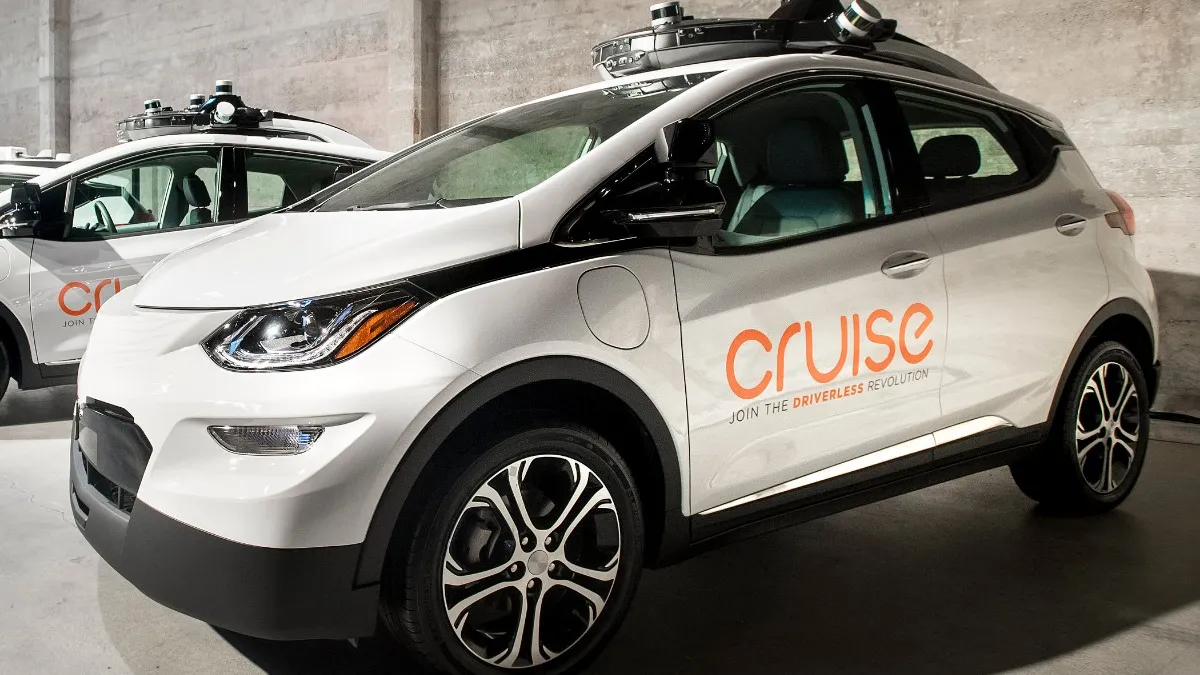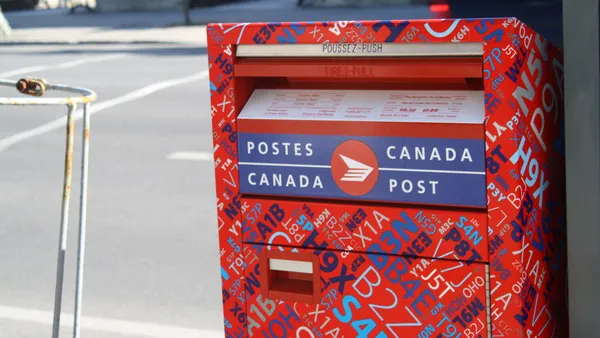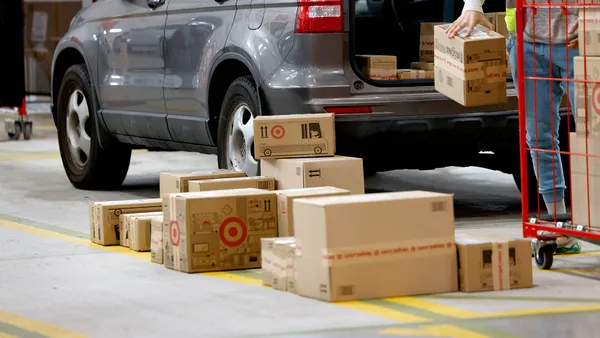Dive Brief:
- DoorDash will test autonomous food delivery in San Francisco with driverless Cruise vehicles, the two companies announced Thursday.
- The pilot period, beginning in March, will provide the opportunity to collect data on technical and infrastructure challenges, as well as quality standards, DoorDash special projects lead Penn Daniel said in a blog post.
- In addition to restaurant meals, the partnership also will explore grocery fulfillment with select grocers already partnering with DoorDash, according to the press release.
Dive Insight:
With its autonomous tech in robot and car form, DoorDash has turned heads not only for restaurant delivery but also last-mile deliveries of groceries and other products. COO Christopher Payne previously told The Spoon that the company aimed, from its advent, to be a last-mile provider that helps businesses thrive in the current digital and convenience economy.
"We see autonomous vehicles playing a major role in the future of delivery as consumer behaviors continue to shift online, and we are confident Cruise’s leading technology will help us scale to meet growing consumer demand," DoorDash CEO Tony Xu said in a press release.
The delivery company also started rolling out robot deliveries in 2017 and expanded its delivery fleet via a partnership with Marble in 2018, according to VentureBeat.
The technology still has a ways to travel before it becomes the norm — not only in an operational sense but also for city governments to approve it and consumers to embrace it. A Wired reporter found her 2017 Cruise ride to be unusually cautious, noting that humans cause the most strife with split-second movements on foot and in their own vehicles.
That hasn't stopped restaurants from experimenting with this technology. Pizza Hut unveiled a prototype Toyota truck with pizza-making robots last year, and Domino’s tested driverless delivery with Ford in Miami. Cars might take more time to perfect, but other developments show more immediate promise.
Postmates, for example, unveiled an autonomous delivery cart called Serve that will test the sidewalks of Los Angeles, while Grubhub has been looking into using robots, the Chicago Tribune reported in 2016. Especially in dense cities with heavy traffic, these options can transport food a few blocks more quickly than a car or a "Dasher," as DoorDash calls its delivery team, can on foot.
Meanwhile, grocers have gotten into the driverless delivery mix, too: Walmart works with Ford in Miami and with Waymo, Google’s autonomous tech arm, in Arizona. Kroger teamed with Nuro in Scottsdale, Arizona.
Despite these hefty investments, the technology must vastly improve before driverless delivery goes mainstream. Major chain restaurants with enough capital to invest directly with car companies can afford to experiment in the interim. But a majority of consumers still order delivery directly through restaurants, leaving third-party services in the dust — robot car or not.














